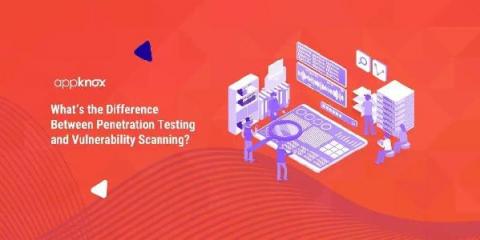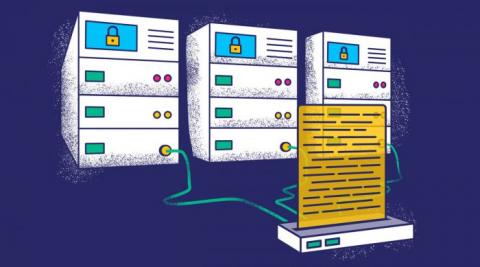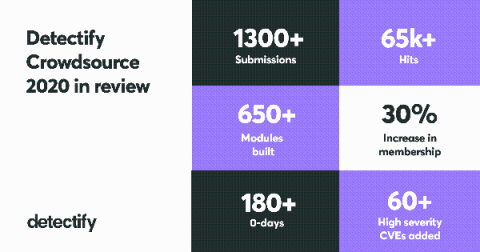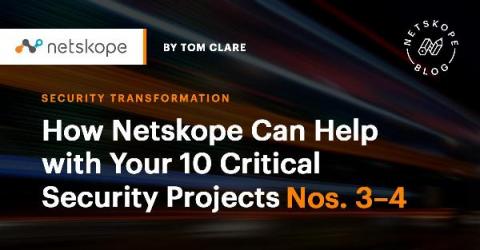Top 7 API Security Risks (including prevention tips)
In this app-driven world, APIs are the infrastructure providing highways for ensuring smoother transport of sensitive data. Insecure APIs add to top security risks faced by web applications and act as an easy invite for hackers. Just because APIs deal with data at the backend does not mean they are hidden from the plain view and are safe. This article provides you an API security checklist that can be used as a basic benchmark before the release.











